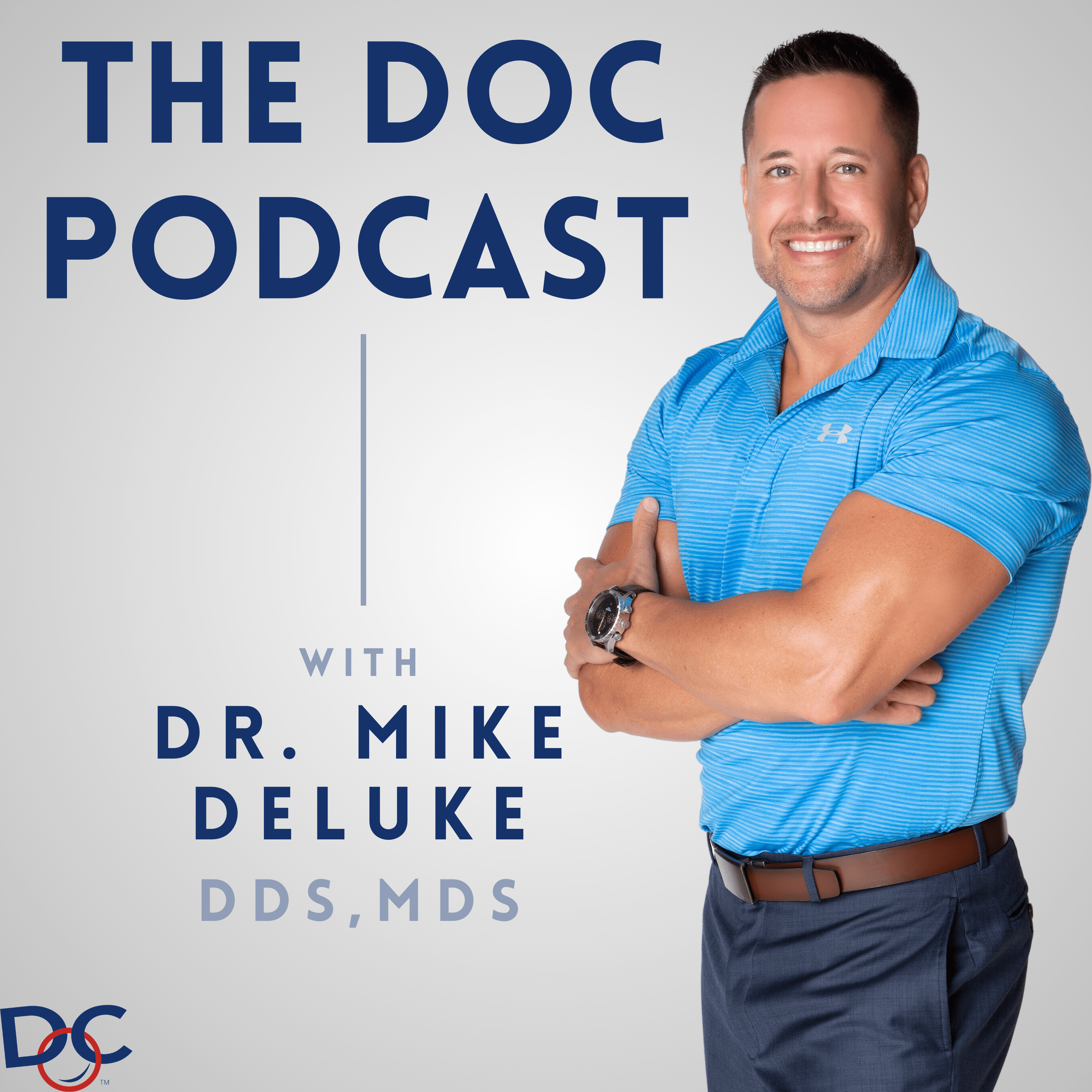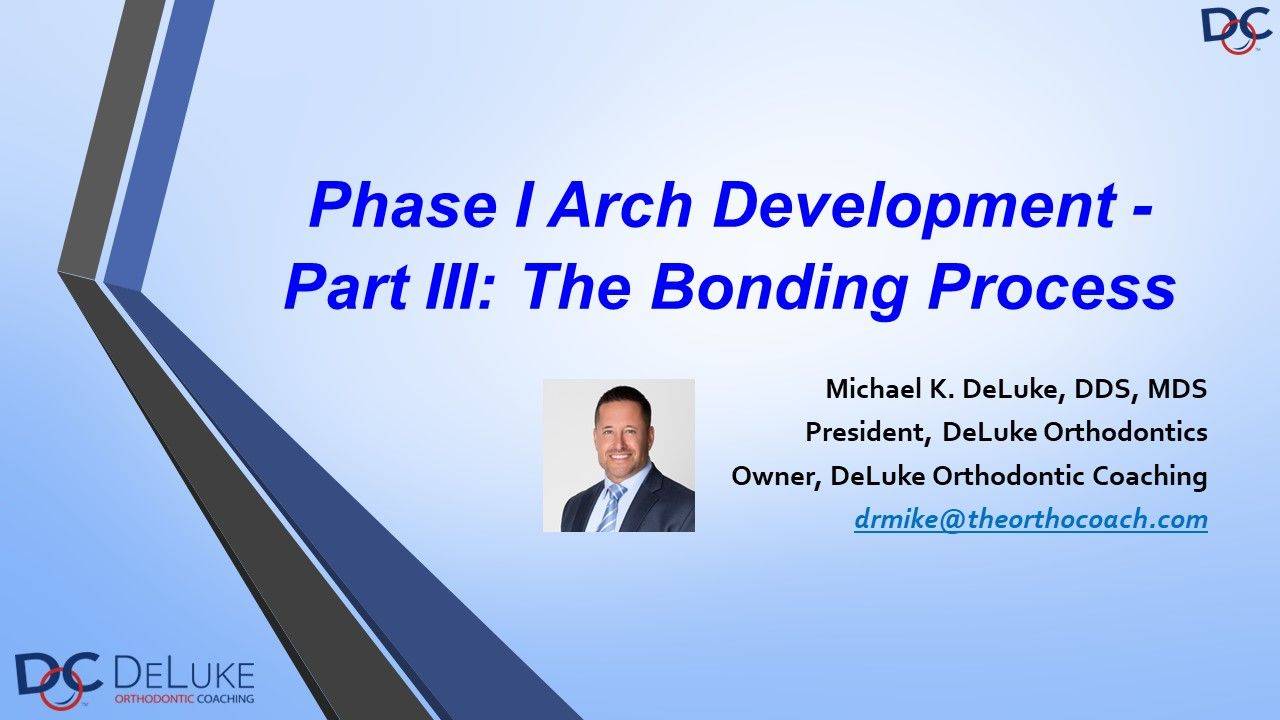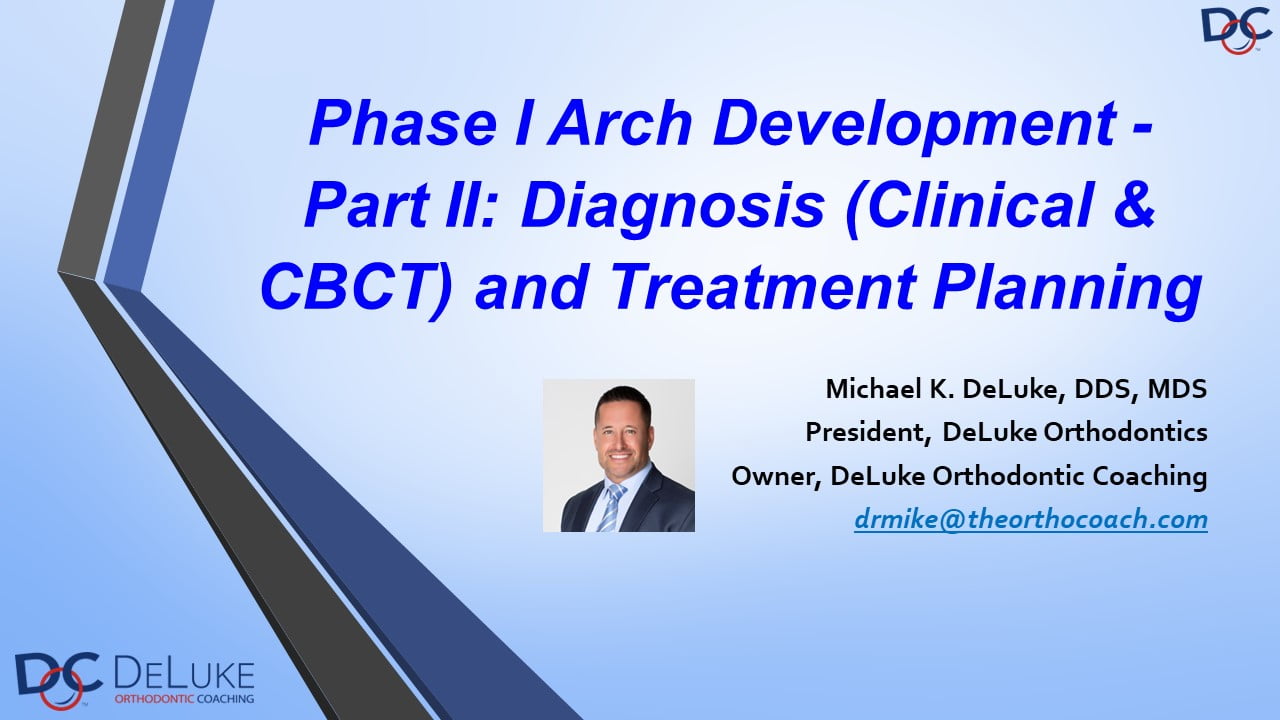[4 CE Hours]
Phase I Arch Development Part III: The Bonding Process
Anthony Troia2024-04-05T00:58:21-04:00[4.5 CE Hours]
Phase I Arch Development Part II: Diagnosis & Treatment Planning
Anthony Troia2024-04-05T00:58:39-04:00[5 CE Hours]
A Unique Approach to the Interceptive Treatment of Cleft Lip and Palate Patients
Anthony Troia2024-04-05T00:59:08-04:00[1.5 CE Hours]
Airway, Malocclusion, and Interceptive Orthodontic Treatment
Anthony Troia2024-04-05T01:01:07-04:00[4.5 CE Hours]







